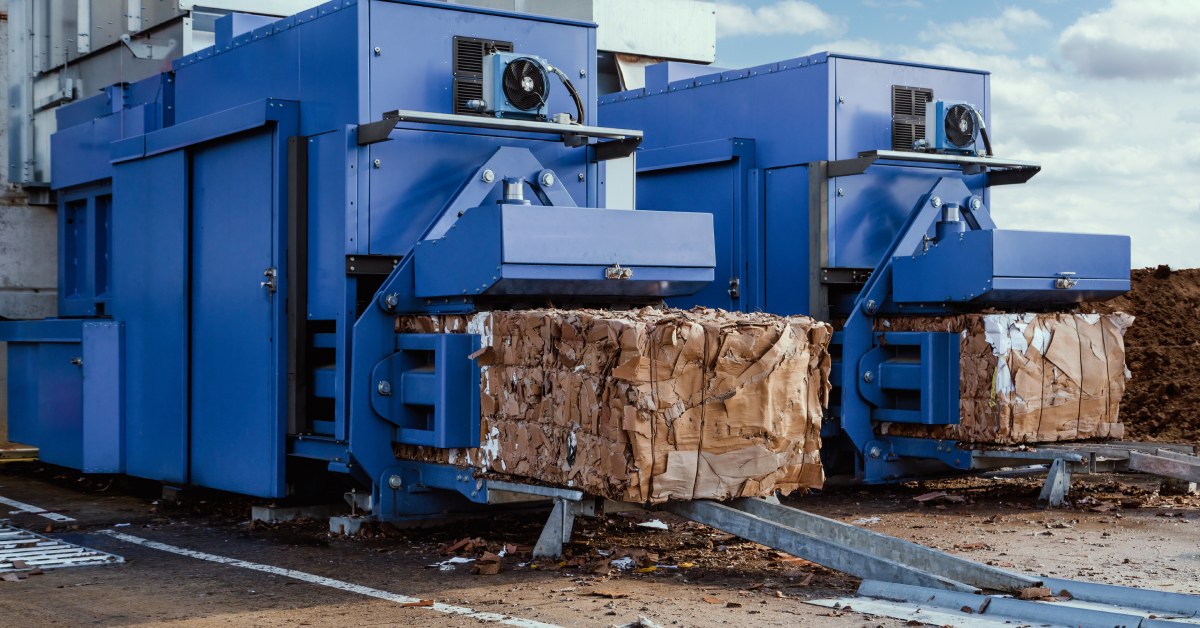
Recycling balers are indispensable machines in industries and organizations that prioritize waste management and sustainability. These machines condense recyclable materials into dense bales, making storage, transportation, and recycling processes more efficient.
Understanding the key parts and components of a recycling baler is crucial for those who operate and manage these machines. This will ensure the machine performs optimally, minimize downtime, and extend its operational lifespan.
The Hopper
The hopper is the initial component where recyclable materials enter the baler. This typically large, funnel-like structure directs materials into the compression chamber. Hoppers can vary in size and shape, depending on the type and volume of the recycled materials. They can handle different materials, including cardboard, plastics, metals, and sometimes wet waste. Efficient loading through the hopper is essential for the baler to perform optimally.
The Compression Chamber
Once the materials enter the hopper, they move into the compression chamber. This is one of the main components that make up a recycling baler, where the actual compaction occurs. The chamber uses a robust hydraulic or pneumatic system that exerts pressure on the materials, reducing their volume drastically. The compression force can vary, with some industrial balers exerting several tons of pressure to ensure tightly compressed materials.
The Platen
The platen, also known as the ram, is the movable component within the compression chamber that exerts direct pressure on the recyclable materials. With hydraulic cylinders driving it, the platen compresses the materials against the chamber’s walls, forming a dense bale. The quality of the platen, including its strength and durability, directly impacts the baler’s efficiency and lifespan. Regular inspection and maintenance of the platen are necessary to prevent wear and ensure consistent performance.
The Binding Mechanism
Once the materials turn into a bale, they must maintain their integrity during handling and transportation. The binding mechanism in a recycling baler typically involves twine, wire, or plastic strapping. This component automatically wraps and secures the bale, ensuring it remains tightly packed. The efficiency of the binding mechanism is critical to the overall performance of the baler, as improperly bound bales can lead to safety hazards and operational inefficiencies.
The Ejector System
After compacting and bonding the bale, it must be out of the baler for storage or transportation. The ejector system is responsible for this function, usually comprising hydraulic or mechanical systems that push or lift the completed bale out of the chamber. Some balers include automated ejection systems that streamline the process, reducing manual labor and increasing throughput. The ejector system must be reliable and easy to operate, as it directly impacts the workflow efficiency of the baling process.
It’s essential to prioritize regular maintenance and servicing of the baler. Engaging a qualified compactor and baler maintenance service can significantly extend the machine’s lifespan, enhance its performance, and ensure safety standards. By familiarizing themselves with these components, users can optimize the use of their recycling baler, contributing to more effective recycling processes and better waste management practices.


